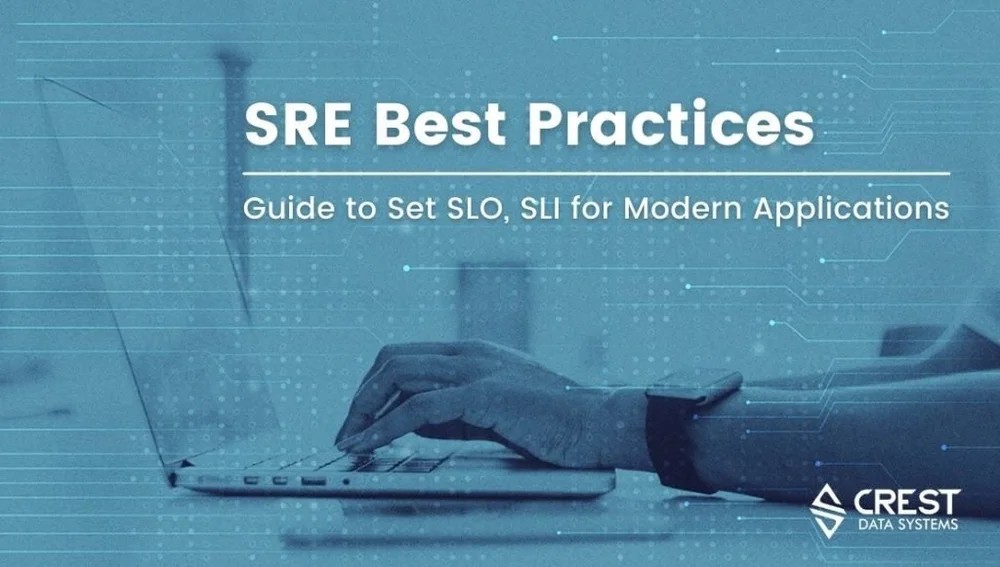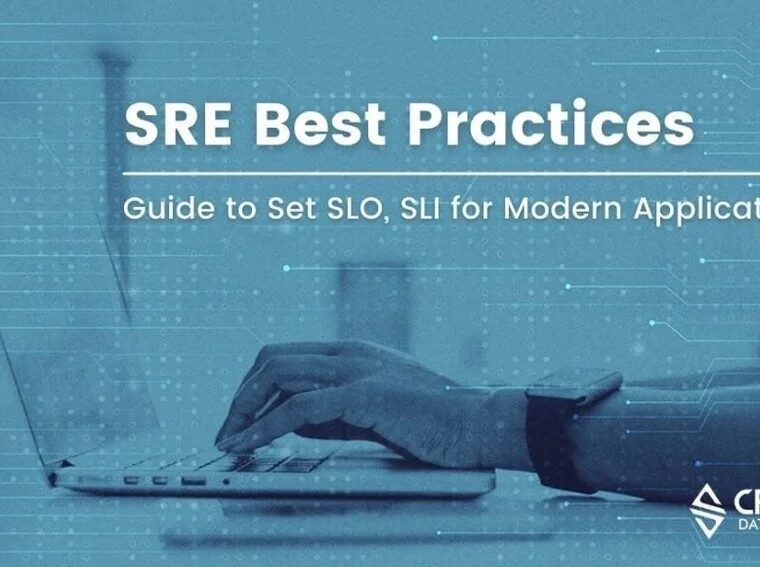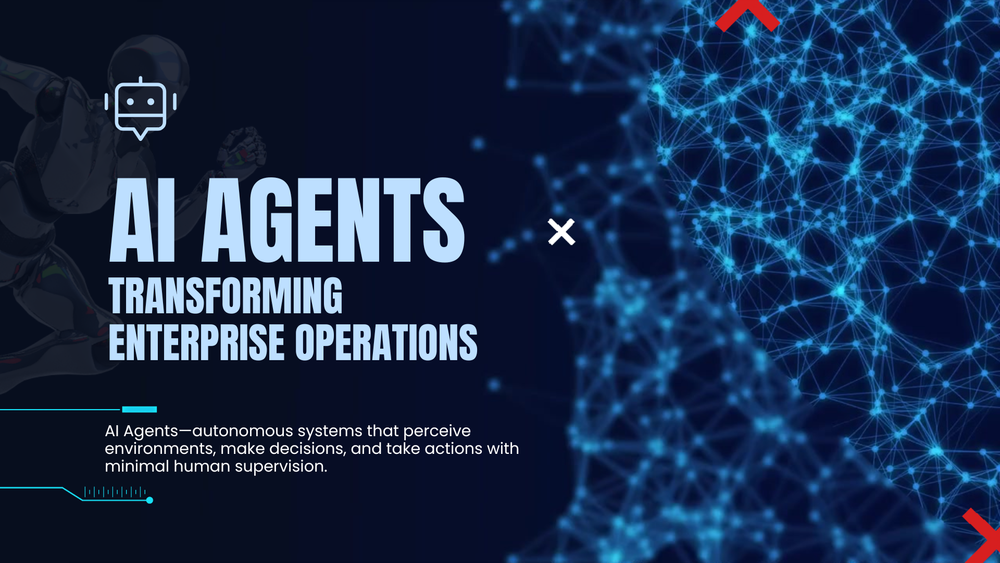SRE Best Practices: Guide to Set SLO, SLI for Modern Applications

Site reliability engineering (SRE)
is the practice of using software engineering principles and applying them to operation and infrastructure procedures and problems. The goal is to create highly reliable and scalable software systems.
Site reliability engineers are responsible for a combination of the following: System availability, latency, performance, efficiency, change management, monitoring, emergency response, and capacity planning.
Site Reliability Engineering (SRE) Roles, Metrics, & Goals
A principle of SRE is working together to connect development, IT operations, and applications so developers can create and deliver predictable real-world performance and availability. Then determine if a new service or feature can be successfully implemented and launched using three metrics we’ll discuss.
Service Level Agreements (SLA), Service Level Objectives (SLOs) and Service Level Indicators (SLIs) combine to play a key part in defining and quantifying what it means for a service to be available and performing as expected through clearly defined numerical measurements that can be tracked and reported against.
The service reliability of a new project and the development of applications, or infrastructure means understanding the key metrics below,
Service Level Agreement (SLA) – A service-level agreement is a commitment between a service provider and a client and to define expectations. Particular aspects of the service – quality, availability, responsibilities – are agreed between the service provider and the customer.
Service Level Objectives (SLO) – A service-level objective is a key element of a service-level agreement between a service provider and a customer. SLOs are agreed upon as a means of measuring the performance of the Service Provider and are outlined as a way of avoiding disputes between the two parties based on misunderstanding.
Service Level Indicators (SLI) – A service level indicator is a measure of the service level provided by a service provider to a customer. SLIs form the basis of service level objectives, which in turn form the basis of service level agreements; an SLI is thus also called an SLA metric.
SRE Concepts & Best Practices
Implementing SRE principles and practices for your organization will take a unique approach to strategize and create processes that best meet the goals and requirements of your organization. But understanding a few key concepts first before then taking a deep dive will help.
Error Budget – Teams will need to balance the pace of innovation with reliability. Errors that occur are measured through SLI, this is called an error budget (more information below), which is an acceptable measure of errors or downtime. If a new feature is performing within the error budget, then a reasonable determination can be made to launch the project but if there constant errors cross the budget’s threshold, then continued tests should be conducted.
Availability – Availability in SRE is defined by whether a system is able to function and perform as designed when required. The availability measurements can be used as a reporting tool and help determine the likelihood of the system performing as intended when deployed.
Monitoring – Google states, the Four Golden Signals of monitoring are latency, traffic, errors, and saturation. Latency is the time it takes to service a request. Traffic is a measure of how much demand is being placed on your system. Errors are the rate of requests that fail and Saturation is how “full” your service is.
Capacity Planning – Provision to handle a simultaneous planned and unplanned outage, without making the user experience unacceptable.
The goal and benefit of understanding these concepts and metrics is to keep customers happy, meeting expectations, team alignment, and to balance reliability and innovation rate.
For a more comprehensive understanding, refer to Google’s SRE Book, (chapter: A Collection of Best Practices for Production Services).
How Crest Data Can Help
Site Reliability Engineering principles help cross functional teams to communicate so development and operations can have a clear understanding of the goals and there is a balanced and high degree of performance and availability for the application and service.
With Crest Data SRE Solutions & Services, our engineers work with your team and become an integral part of the transformational journey to evaluate enterprise infrastructure, platforms, and applications. We help companies perform Reliability Assessments, ensure Reliable System Architecture Design and recommend Optimization of end to end Day 2 operations tasks as per SRE best practices.
Crest Data has worked with Fortune 500 companies as well as some of the world’s most innovative companies and hottest startups to streamline work processes so teams can perform at their highest level.
Contact us to learn more about our Product Engineering solutions and our broad range of managed and professional services that encompass solution implementation, building integrations, enable migration, health checks, and see how we can help you today.















